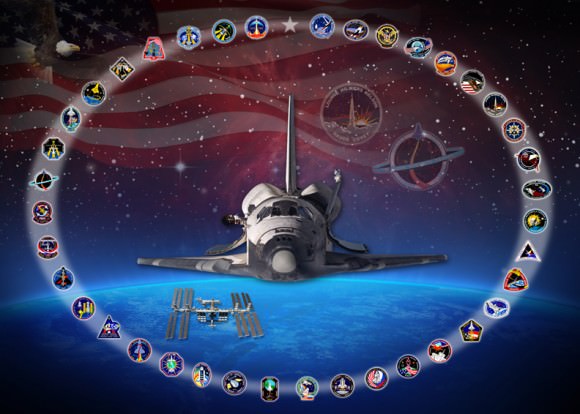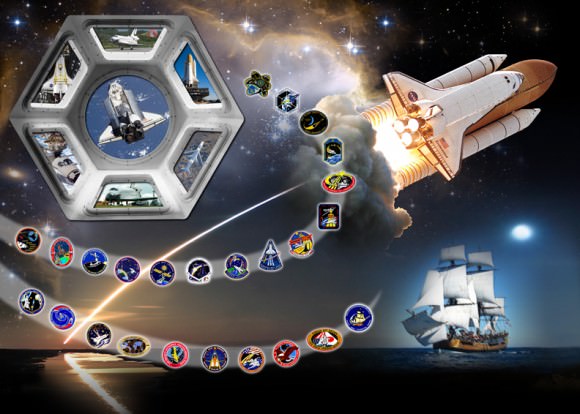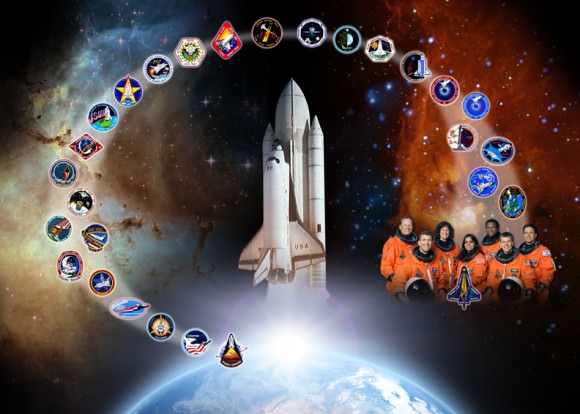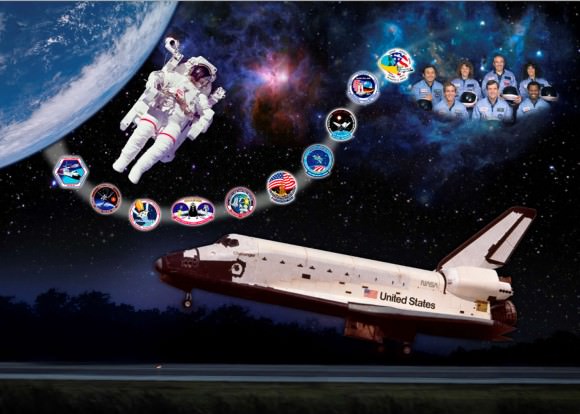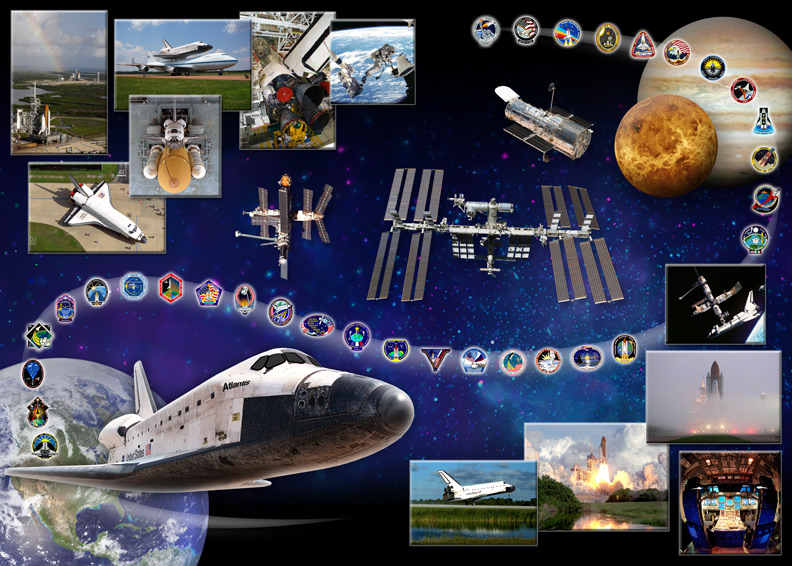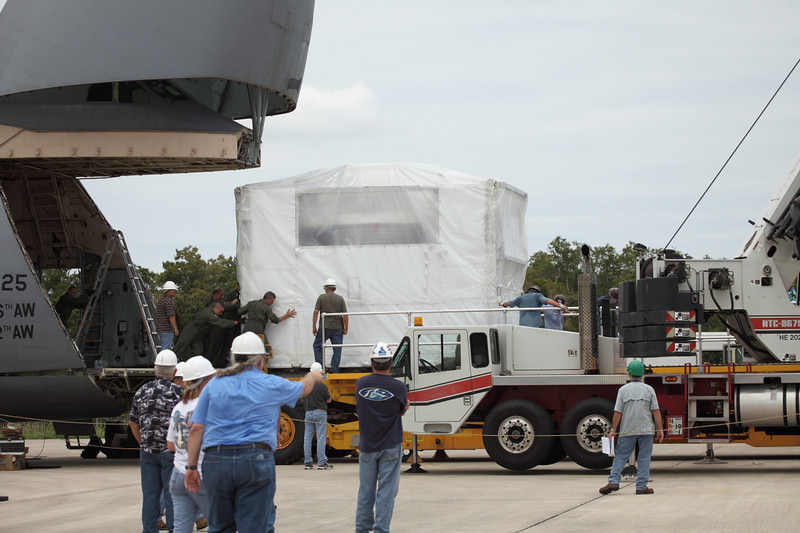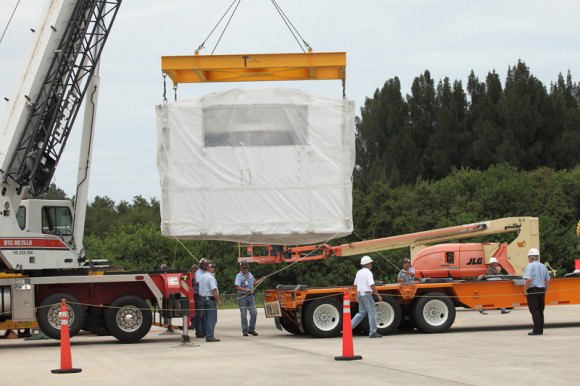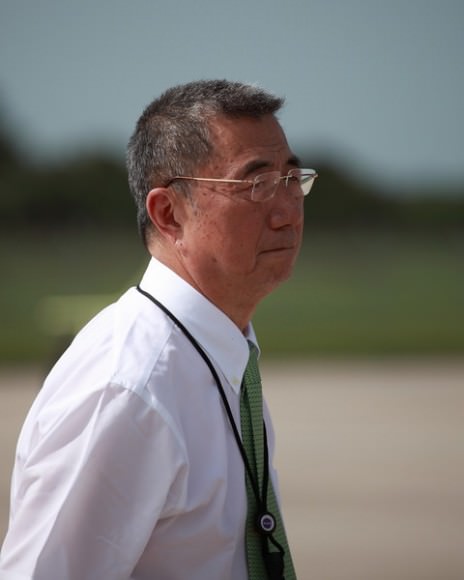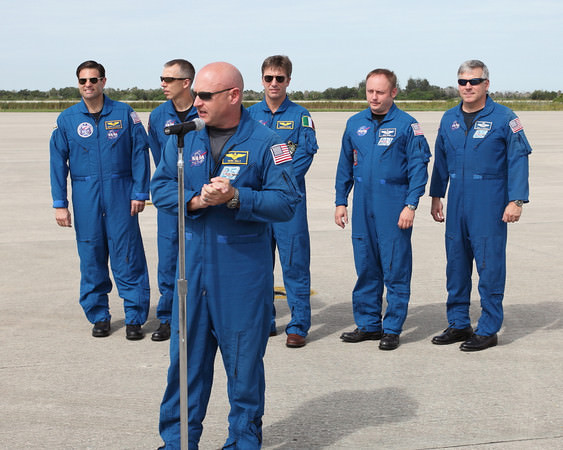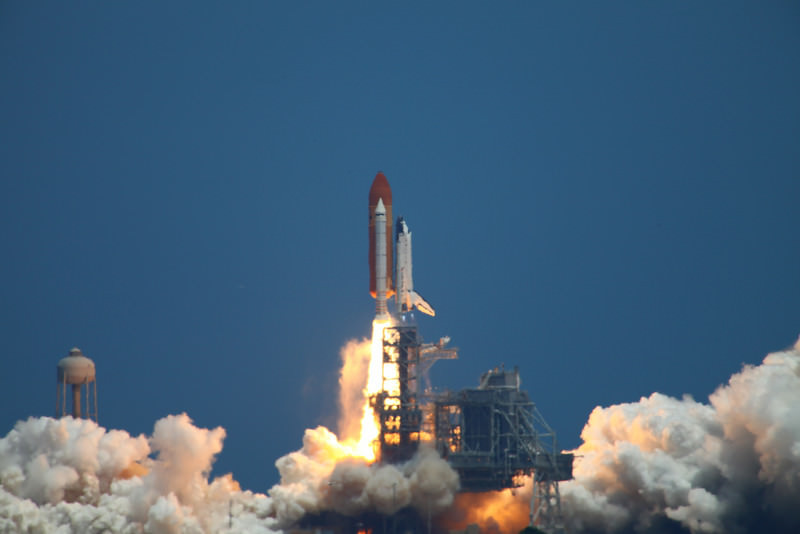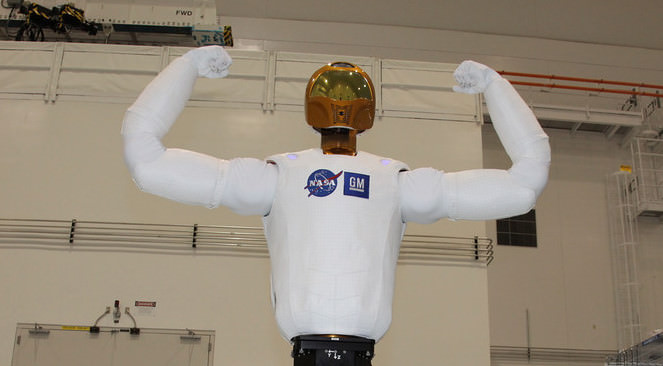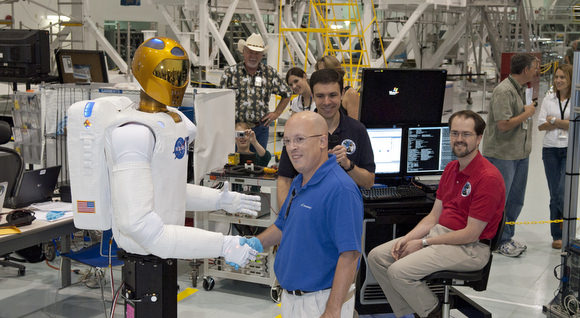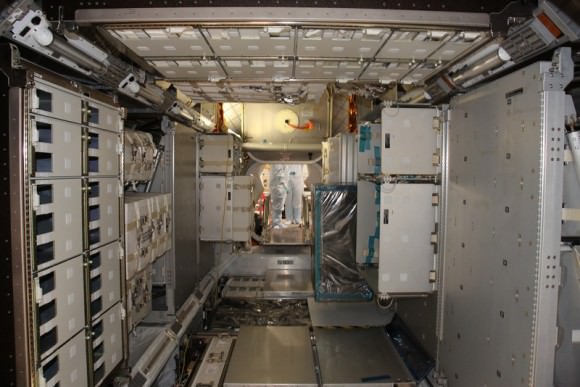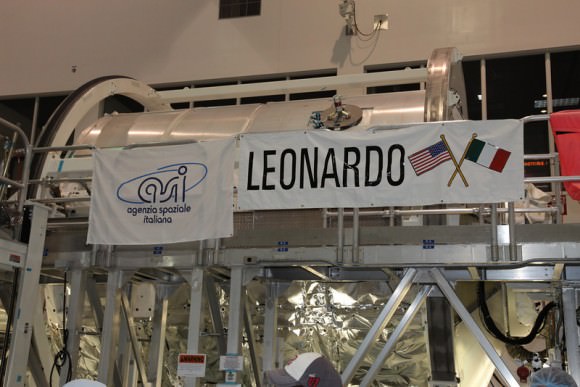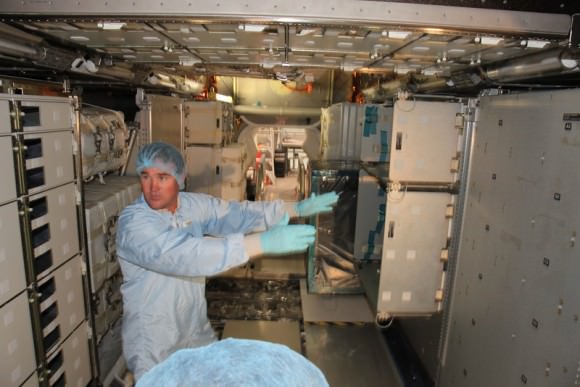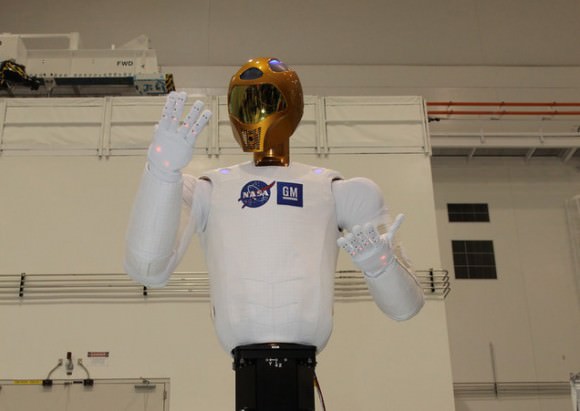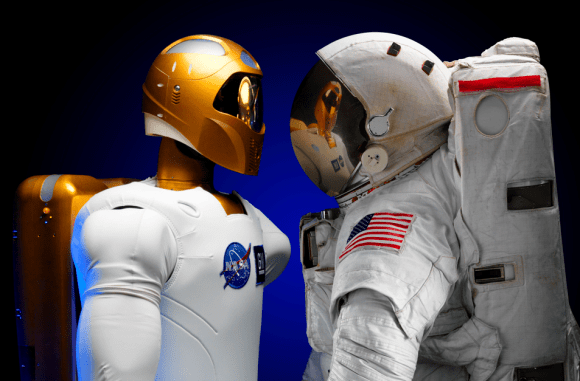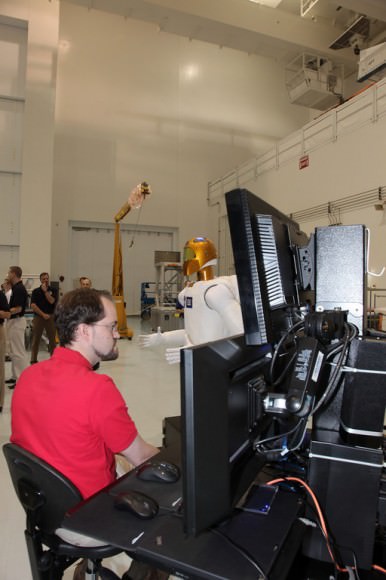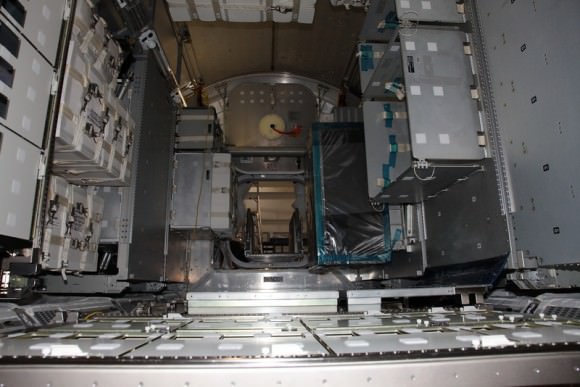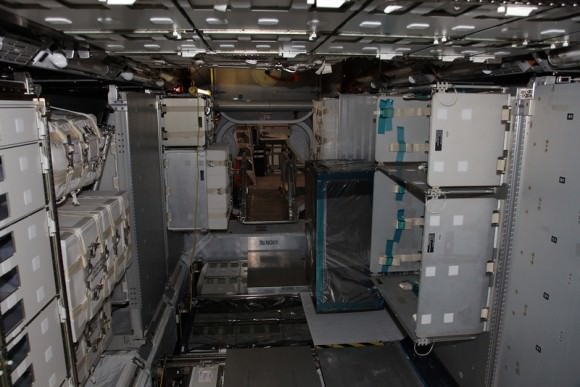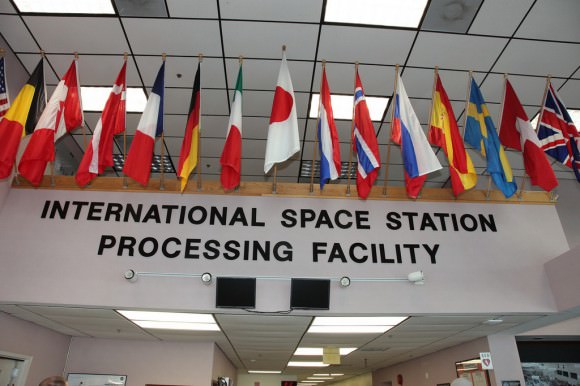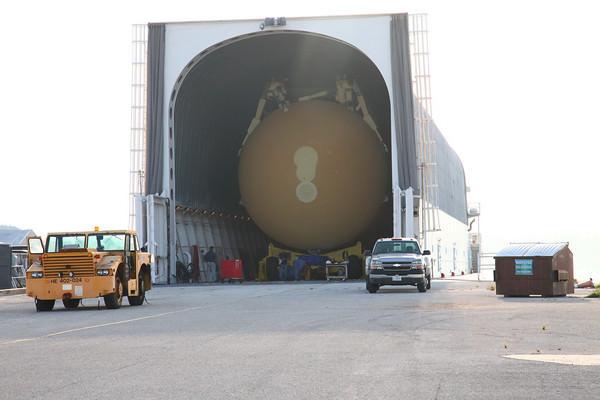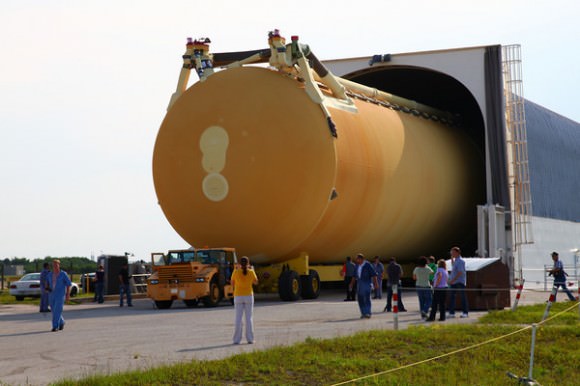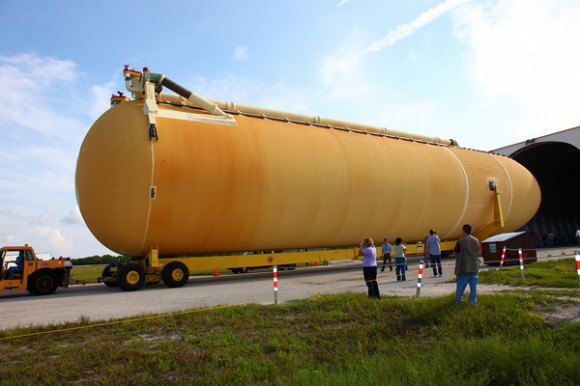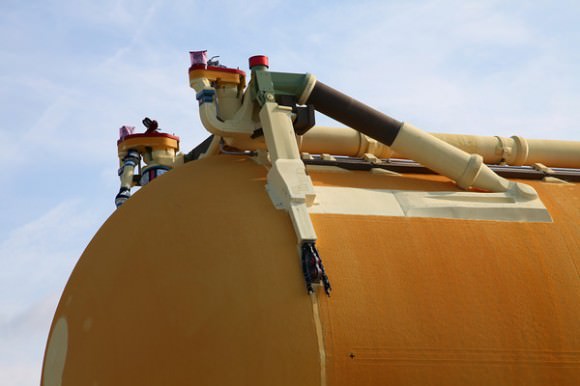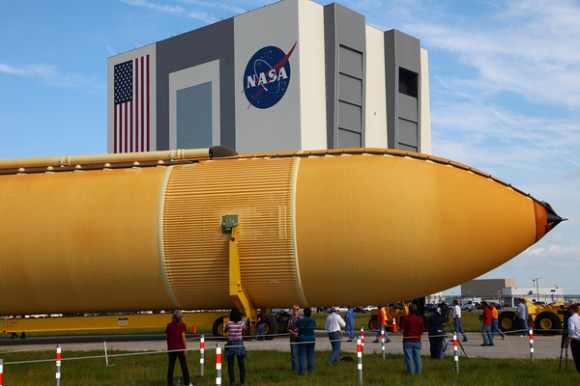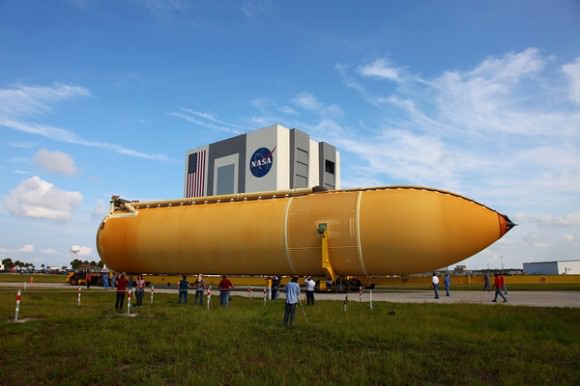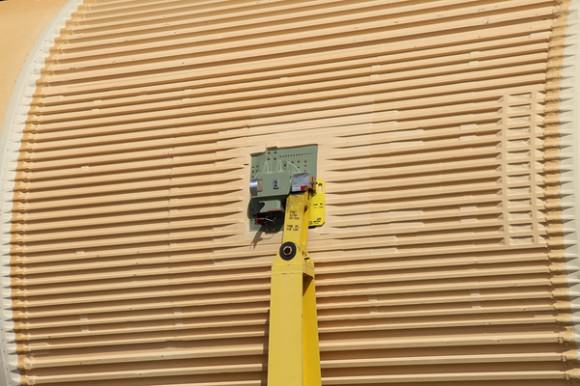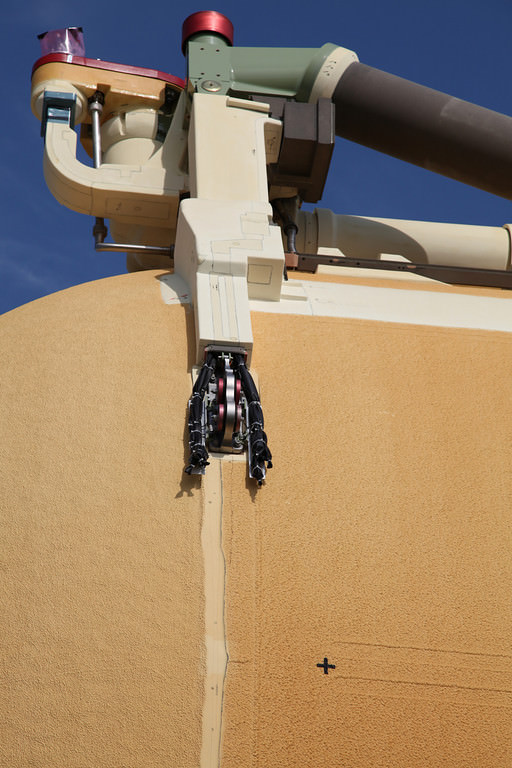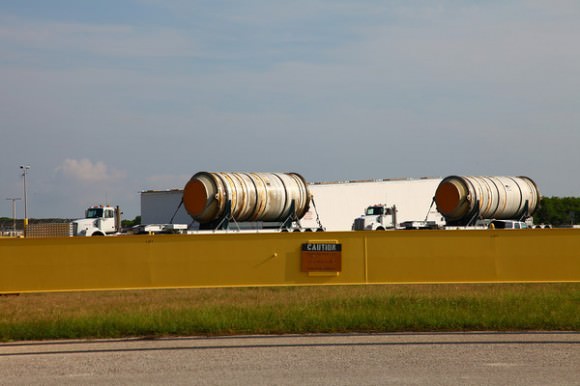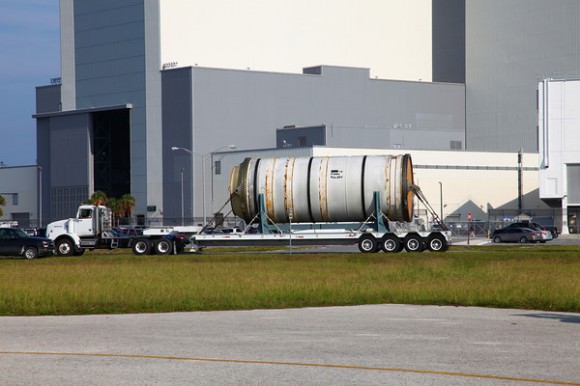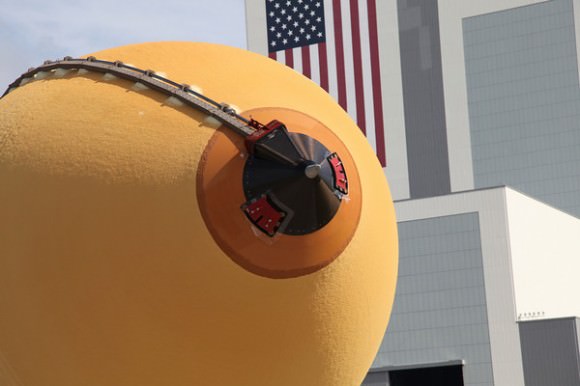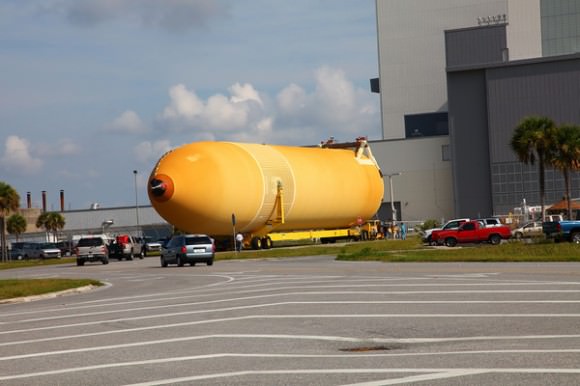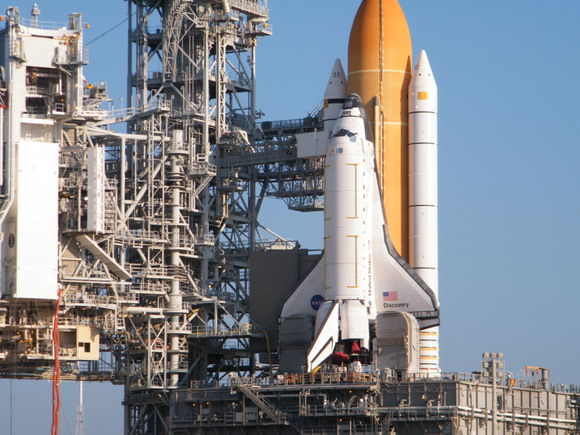[/caption]
If you are tentatively planning to attend one of the final shuttle launches, the uncertainty on launch dates just got a bit more certain; plus — an added benefit — we won’t see the end of the shuttle program until 2011.
NASA announced new target dates for the final two (and maybe three) shuttle missions. STS-133 is now aiming for November 1, 2010 at approximately 4:33 p.m. EDT for the final flight of shuttle Discovery, and for STS-134, February 26, 2011 at around 4:19 p.m. EST for shuttle Endeavour’s last launch. The potential bonus mission STS-135, would launch sometime in August 2011, if approved by Congress and NASA. The latest word on that was that NASA officials hope the decision would be made sometime this month.
The target dates were changed because the Alpha Magnetic Spectrometer instrument, heading for installation on the International Space Station won’t be ready by the time of the previously planned Sept. 16 launch for STS-133. With that launch moving to November, STS-134 cannot fly as planned, so the next available launch window — taking into account sun angles and other planned launches –is in February 2011.
These dates were rumored last week, but this is now the official word. However, of course, all target launch dates are subject to change.
The last external tanks for the STS-134 mission was recently completed at the Michoud Assembly Facility in New Orleans. There will be a final farewell ceremony at 9 a.m. CDT on Thursday, July 8, which will be shown on NASA TV. The event will commemorate 37 years of successful tank deliveries and the final external tank’s rollout for the last space shuttle flight. Coverage begins at 8:45 a.m.
The tank, designated ET-138, will travel on a wheeled transporter one mile to the Michoud barge dock. It will be accompanied by the Storyville Stompers, a traditional area brass band, and hundreds of handkerchief-waving employees in typical New Orleans fashion and spirit.
The tank will travel on a 900-mile sea journey to NASA’s Kennedy Space Center in Florida, where it will support shuttle Endeavour’s STS-134 launch. No word yet on how the oil spill may affect the journey.
Another tank that was damaged in Hurricane Katrina is being refurbished for the Launch-On-Need (LON) rescue mission STS-335, which if not needed and if it gets approval to fly as the actual final shuttle mission, (Atlantis) would change to STS-135.
Ken Kremer (who has written for Universe Today) has an article on SpaceRef about his tour of the Michoud Facility, which includes some great images.
